Cargando...
Recursos educativos
-
Nivel educativo
-
Competencias
-
Tipología
-
Idioma
-
Tipo de medio
-
Tipo de actividad
-
Destinatarios
-
Tipo de audiencia
-
Creador
-
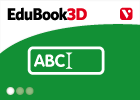
Complete. Fertilisation
EduBook Organización
- 2486 visitas
Complete the text about fertilisation with the correct words: internal reptiles ovum Internal mammals female external Fertilisation of the by the sperm takes place in one of two ways: inside the body of…
-
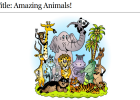
Webquest: Amazing animals
Tiching explorer Organización
- 3204 visitas
This webquest is designed to help us classify animals (mammals, fish, birds, amphibians, and reptiles) and build their schema. We do an online research to find information on each animal classification…
-
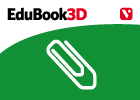
Birds and their food
EduBook Organización
- 2277 visitas
The majority of birds eat seeds and the nectar in flowers. Others eat fish or small mammals. The shape of a bird's beak is adapted to the type of food that it eats. Do you know the names of these…
-
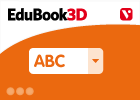
Final self-evaluation 11.06 - The Animal Kingdom (II). Vertebrates
EduBook Organización
- 2253 visitas
Are the following sentences about Homo sapiens true or false? They belong to the hominid family. They are carnivores. Their spinal column is horizontal. The embryo develops in the mother's uterus.…
-
Final self-evaluation 10 - Animals
EduBook Organización
- 2069 visitas
Decide if each characteristic relates to mammals or not: They feed their young with milk. ➝ Their eggs have a hard shell. ➝ They have six limbs. ➝ Their skin is covered in hair or fur. ➝ They…
-
Before you start - The Animal Kingdom (II). Vertebrates
EduBook Organización
- 1961 visitas
Didactic objectives To know the general morphological characteristics of vertebrates and the groups included. Compare, differentiate and describe various specimens of fish, amphibians, reptiles,birds…
-
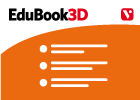
The Animal Kingdom (II). Vertebrates
EduBook Organización
- 15709 visitas
There are around 50000 species of vertebrates, classified into five main groups: fish, amphibians, reptiles, birds and mammals. Fish are the most primitive group and they have the highest number of…
-

-

End-of-unit activities - The Animal Kingdom (II). Vertebrates
EduBook Organización
- 4269 visitas
There are around 50000 species of vertebrates, classified into five main groups: fish, amphibians, reptiles, birds and mammals. Fish are the most primitive group and they have the highest number of…
-
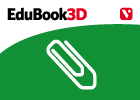
The five groups of vertebrates
EduBook Organización
- 4034 visitas
Fish have an elongated body and swim using their fins. Amphibians live part of their life in water. Their skin is moist and slippery. Reptiles crawl to move around. Their bodies are covered with hard…
Te estamos redirigiendo a la ficha del libro...













